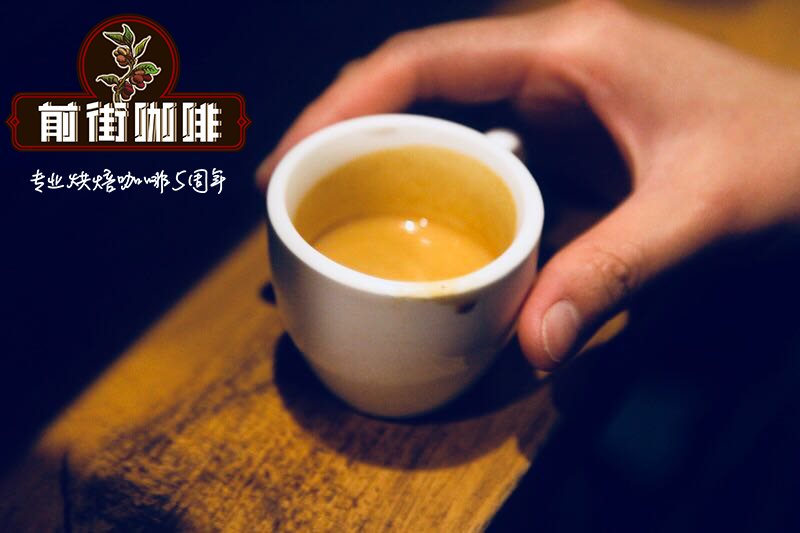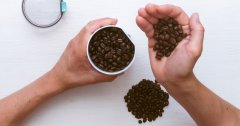The Origin of filter Paper use how to choose Coffee filter Paper

The Origin of filter Paper use
Before filter paper was invented in the 20 th century, people used filter cloth to filter coffee. At that time, Melitta Bentz, a coffee-loving housewife in East Germany, was tired of cleaning coffee grounds from the filter cloth, but she thought there must be an easier way to filter coffee.
After trying many different materials and methods, she finally decided to try her son's blotting paper. She cut the blotting paper down to the metal filter cup, put in the coffee powder and filled with water. After confirming that there was no residue in the coffee liquid, she applied for a patent.
Then, on July 8, 1908, coffee filter paper was officially patented, and Melitta Bentz was founded in December of the same year.
Nowadays, coffee lovers like to use different ways to make coffee with filter paper. although some people still brew coffee with filter cloth or metal filter, most people still choose bleached or unbleached filter paper.
How to buy coffee filter paper?
Bleached filter paper vs unbleached filter paper
Coffee filter paper is mostly made of wood, and the pulp color after wood cooking is mostly brown, and it takes several stages of bleaching process to turn white.
The difference between coffee filter paper bleaching and non-bleaching is as follows:
1. Bleaching: the coffee filter paper looks whiter when it is bleached.
2, no bleaching: refers to coffee filter paper without bleaching, filter paper looks close to light brown.
How to remove the smell of paper?
Wetting filter paper can remove the unpleasant smell of paper from coffee and preheat the cooking utensils as follows:
1. Place filter paper on the cooking utensils
two。 Soak the filter paper with hot water (make sure there are no missing areas)
3. Pour out the hot water. Don't boil it with this water.
4. You can wet it again if necessary.
5. Start making coffee.
Important Notice :
前街咖啡 FrontStreet Coffee has moved to new addredd:
FrontStreet Coffee Address: 315,Donghua East Road,GuangZhou
Tel:020 38364473
- Prev

The freshness of coffee beans is a false proposition! How to judge the freshness of coffee beans?
Professional coffee knowledge exchange more coffee bean information Please follow the coffee workshop (Wechat official account cafe_style) almost every coffee book on the market will tell you that after roasting, it takes a period of time for raw coffee beans to continue to regroup or emit baking gases to achieve the best flavor. Some theories will give you a time limit, there are
- Next

A few common mistakes in hand brewed coffee operation
Several common mistakes in hand-brewed coffee Common problems: improper particle size The first step in making coffee always requires grinding coffee beans, and the efficacy of the grinder determines the quality of the coffee powder. Coffee powder needs to be uniform in thickness and the particle size is suitable for the corresponding brewing method. Hand-brewed coffee suitable for particle size: medium grinding, approximate sugar particles large
Related
- Beginners will see the "Coffee pull flower" guide!
- What is the difference between ice blog purified milk and ordinary milk coffee?
- Why is the Philippines the largest producer of crops in Liberia?
- For coffee extraction, should the fine powder be retained?
- How does extracted espresso fill pressed powder? How much strength does it take to press the powder?
- How to make jasmine cold extract coffee? Is the jasmine + latte good?
- Will this little toy really make the coffee taste better? How does Lily Drip affect coffee extraction?
- Will the action of slapping the filter cup also affect coffee extraction?
- What's the difference between powder-to-water ratio and powder-to-liquid ratio?
- What is the Ethiopian local species? What does it have to do with Heirloom native species?

